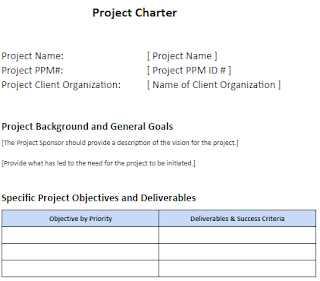To paraphrase my brother Ted:
- "Nothing exists unless it's written down. Oral communication is the enemy. That is the essence of project management. Everything else is a detail."
Good project management comes from an innate discipline to intermediate between the real-time world and the planned world by writing things down. The exact format, process, and tools used should be appropriate to the project complexity and size.
There are, however, some essentials which I use use every time. Here is my checklist for each project I am involved with:
- Step 1, set up a shareable folder for working documents. I use Google Drive. The support for real-time collaboration is unparalleled.
- Step 2, create a spreadsheet. Again, I use Google Sheets now. I used to always use (and love) Excel.
- Step 3, create a tab for People and for Tasks.
- Step 4 (for any formal project), create a project charter and sign contracts (where appropriate). A contract is an agreement between organizations, typically, although it can apply to individuals. A charter is typically between the people involved with the project. A charter can be used by both formal and informal projects to write down the key information needed to start a project successfully.
- Step 5 is where project complexity begins to create real variance in approach. For a simple project, a list of tasks and people may be all that is needed. Often additional lists in the workbook can be generated for the specifics of the project. For more technical projects, a threaded discussion with workflow like JIRA and project schedule and resource tool like MS Project are often used.

